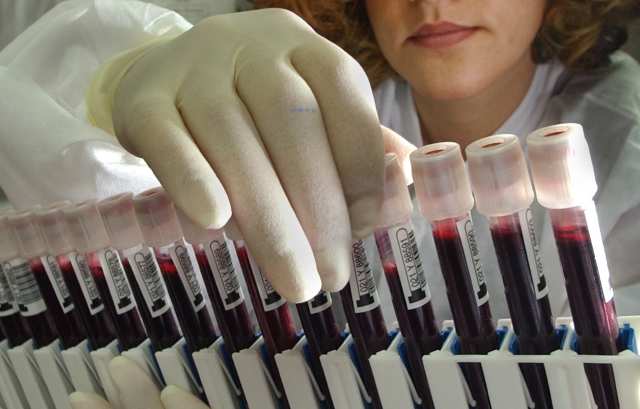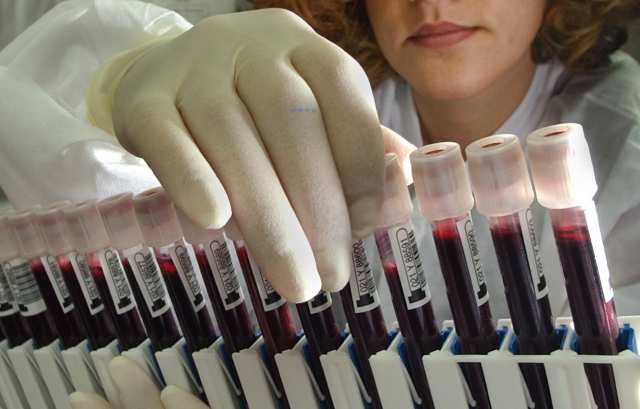3D Printed Blood Cells
Instead of a dystopian future where we harvest organs from human clones to service our increasingly ageing population, what if…


Instead of a dystopian future where we harvest organs from human clones to service our increasingly ageing population, what if we could just print one out? Scientists at German research organisation Fraunhofer have incorporated the mechanisms of 3D printing into their vascular system research and in the process passed a major milestone in creating artificial organs. To date a major impediment to fashioning functional artificial organs has been creating a suitable vascular system to support the artificial tissue. Incredibly scientists combined the 3D printing capabilities of an inkjet 3D printer with intensive laser bursts of UV radiation to overcome the problems of recreating the complex structure of capillaries, the minute vessels which link veins and arteries to the wider tissue surrounding them. Even more importantly the scientists developed inks which are a hybrid of synthetic and biomolecule based materials. This ensures that any printed blood vessels would not be rejected by a recipient’s immune system. This astounding breakthrough represents the first baby-steps towards a new frontier in biotechnology. Creating a synthetic hybrid vascular system is but the first step, this could lead to the creation of completely synthetic organs which would be fed nutrients by the artificial vascular system. Such organs would not, at least for the foreseeable future, be suitable for transplants but could be used in lieu of animal experiments and we could see bypass patients treated with 3D printed vessels.



Discussion